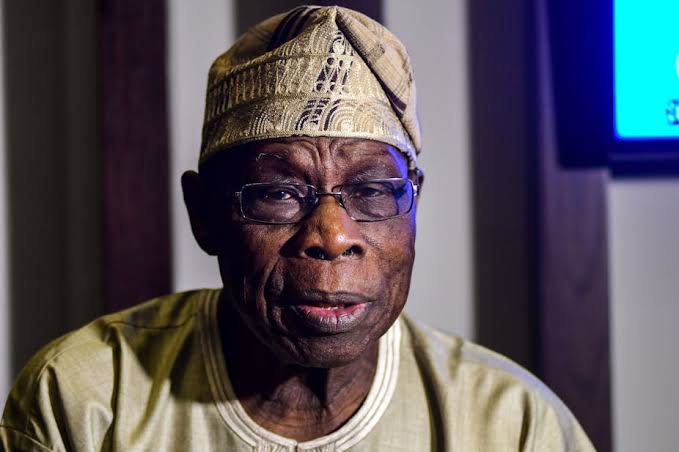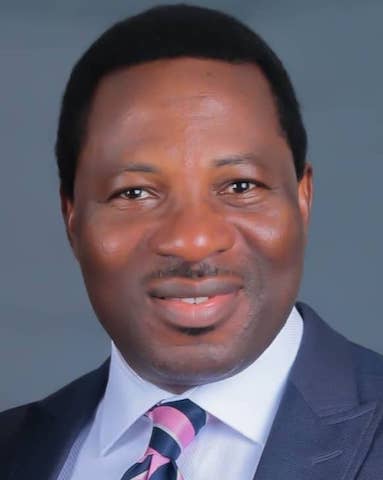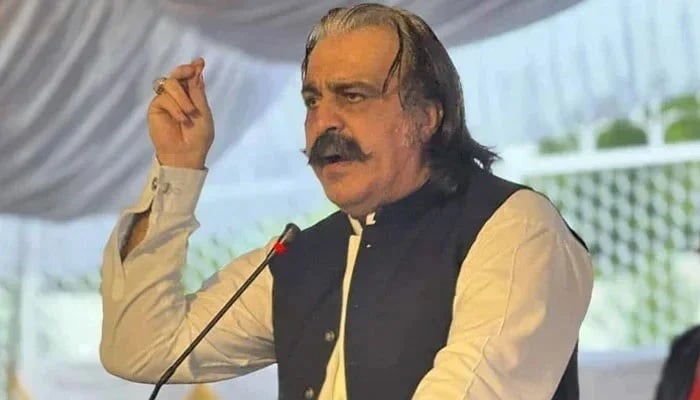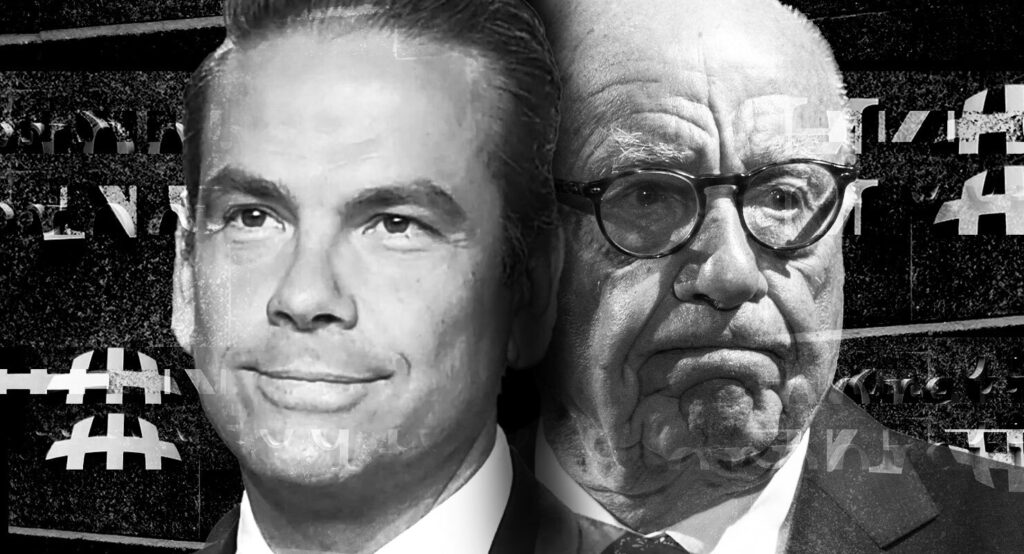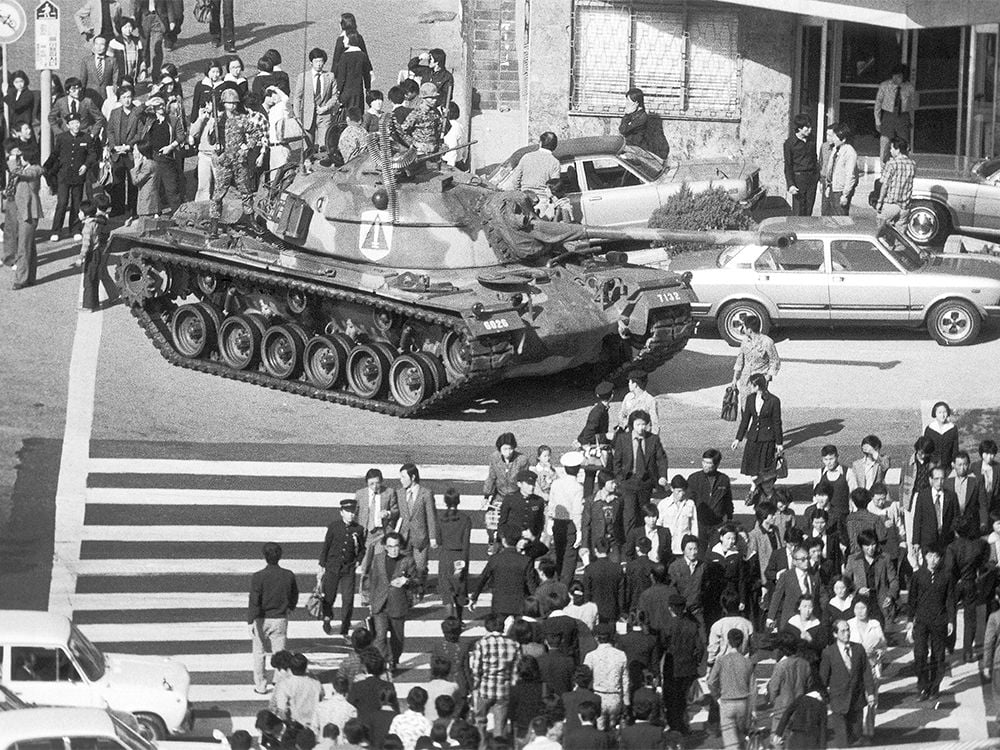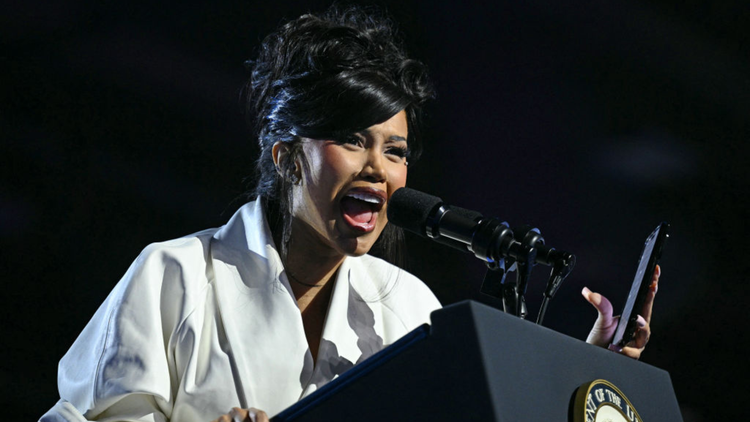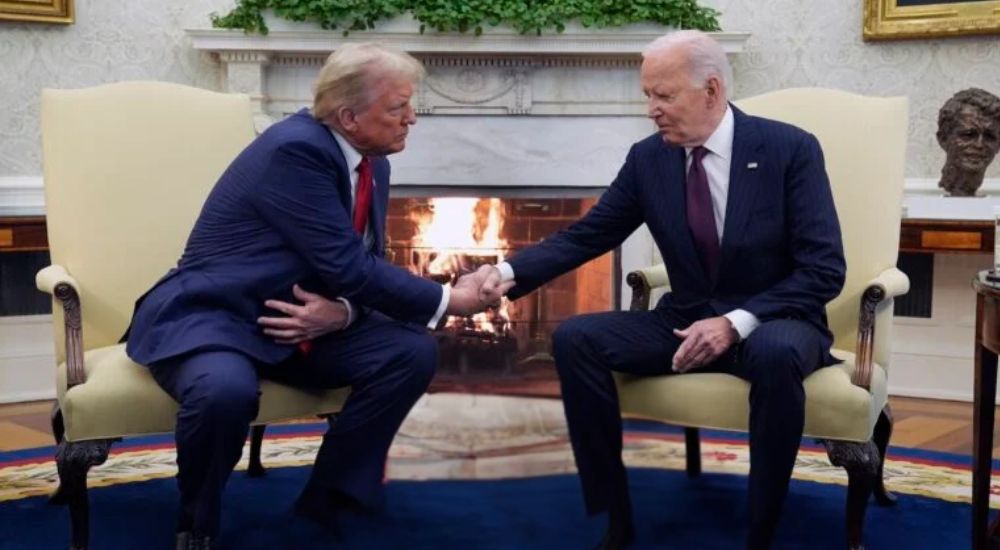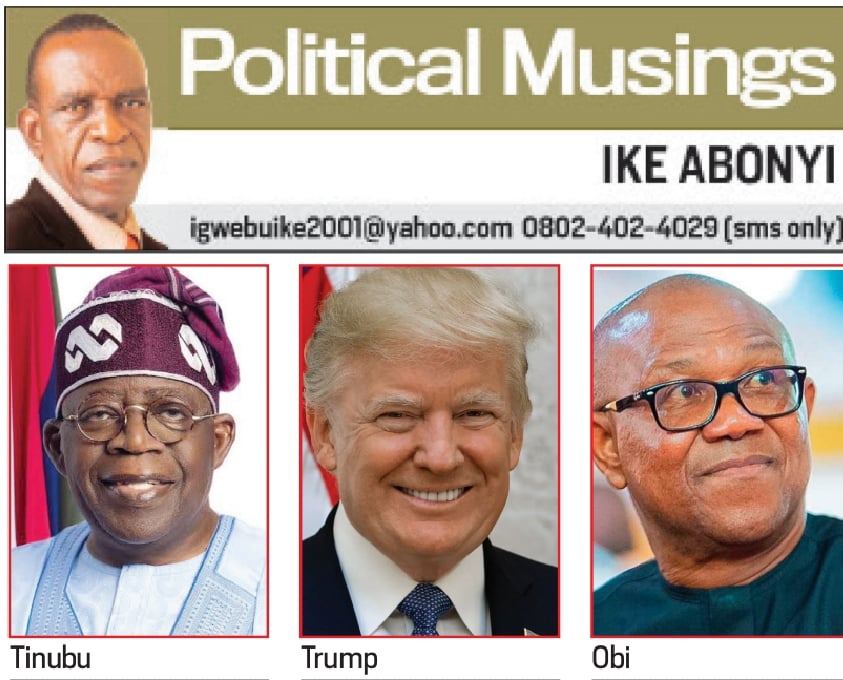“More Real Than the Real”: American Image Politics on the Eve of the Election
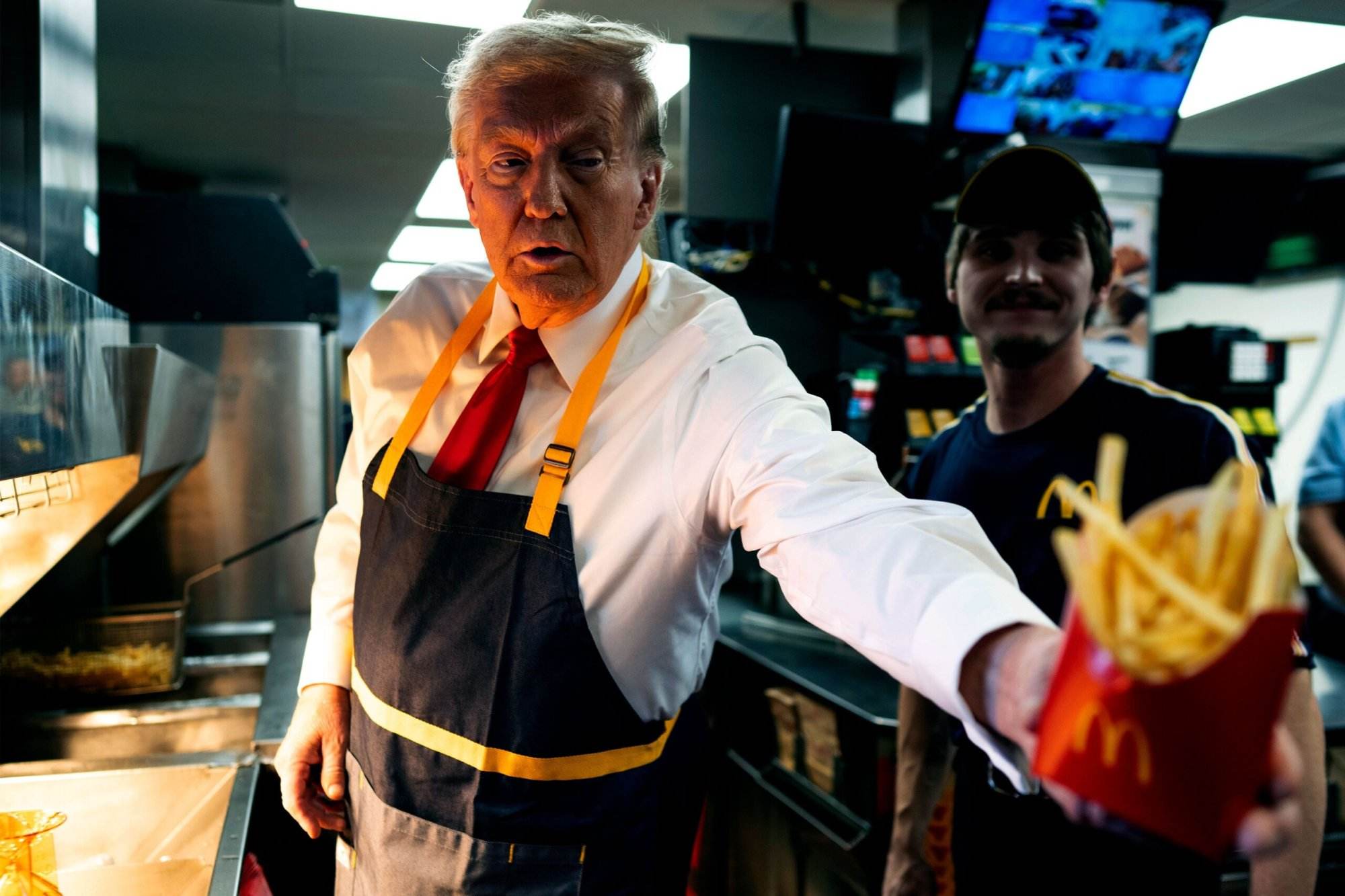
Politics tamfitronics
Just over 50 years ago, President Richard Nixon privately wondered if the photograph of Kim Phuc, a nine-year-old Vietnamese girl whose body was burning from napalm, had been staged. He said to his chief of staff, H.R. Haldeman, “I wonder if that was a fix”—what now might be called “fake news.” But given the credibility in 1972 of news photography, Nixon was unable to dismiss the horror that this photo by the AP’s Nick Ut evoked, even as it stoked resistance to the war.
“Napalm bothers people. You get a picture of a little girl with her clothes burnt off,” Haldeman said. “I wondered about that,” Nixon replied. The US military commander in South Vietnam, General William Westmoreland, also questioned the photo, alleging at one point that the girl had been burned in “a hibachi accident,” but contemporaneous news footage showed planes dropping the napalm. And witnesses—including others with cameras—were on hand the day Kim Phuc was severely injured, much of her body scarred for life. The following year, President Nixon would withdraw the last American combat soldiers from Vietnam.
This year an image circulated widely of a young girl who appears to be of about the same age. She is shown crying, alone in a boat, clutching a puppy, and wearing a life jacket. It generated millions of views on social media and elicited numerous responses, including many from Republicans who pointed to the image as a way of criticizing the Biden administration’s response to the devastation wrought by Hurricane Helene. Although it was quickly pointed out that the image was likely synthetic, made using artificial intelligence—and not actually a photograph—it continued to provoke considerable sentiment. “This picture has been seared into my mind,” commented Amy Kremer, a Republican National Committee member representing Georgia.
And even after many doubts were being expressed online as to its authenticity, Kremer asserted, “I don’t know where this photo came from and honestly, it doesn’t matter.” Her rationale: “It is emblematic of the trauma and pain people are living through.” For many, there was a larger reality, a truth, that did not need confirmation. Rolling Stone titled an article on this image “Right-Wingers Heartbroken by Picture of Little Girl Who Doesn’t Exist.” Nixon and Haldeman’s conversation, were it to occur today, might have been much less cautious.
Such is the nature of the embrace of the hyperreal—a larger-than-life, “more real than the real” rendition of events—that confronts us on social media, on television, and in candidate appearances in the run-up to this election. Indeed, Kremer’s insistence that the veracity of the girl-and-puppy photo “doesn’t matter” was consistent with the view expressed to CNN by vice presidential candidate JD Vance, who, when defending his false claims about immigrants eating pets in Springfield, Ohio, declared: “If I have to create stories so that the American media actually pays attention to the suffering of the American people, then that’s what I’m going to do.”
Consider the various pictures of ex-president Donald Trump taken simultaneously by several photographers moments after the July attempt on his life. “The photograph of a bloodied Donald Trump with his fist in the air and an American flag looming in the background is quickly emerging as the pivotal image,” the AP reported soon after the would-be assassination in Pennsylvania. Why? The article quotes Patrick Witty, a former photo editor at Time, The New York Times, and National Geographic, maintaining that “It captures a range of complex details and emotions in one still image—the defiantly raised fist, the blood, the agents clamoring to push Trump off stage, and, most importantly, the flag. That’s what elevates the photo.” The other photographs of Trump, surrounded by a scrum of Secret Service agents as he looks shaken and vulnerable, some without the flag in evidence, were not highlighted in the same way. These images did not convey the requisite fortitude and defiance befitting a hero, as one newspaper put it on its front page, “bloodied but unbowed”—a description that might be more aptly applied to a comic book superhero.
The “pivotal” image of the fist and the flag resonates with other powerful photographs that previously depicted Americans confronting and overcoming massive challenges—the raising of the flag at Iwo Jima during World War II (photographed by the AP’s Joe Rosenthal), and firemen doing the same just hours after the September 11 attacks in New York City (most memorably rendered by Thomas E. Franklin for the North Jersey newspaper The Record)—and renders Trump being grazed by a bullet as a similar act of outsized heroism. In contrast, the photographs, by the AP’s Ron Edmonds and others, of Ronald Reagan being pushed into an automobile by the Secret Service after he had been much more seriously wounded in a 1981 attempted assassination, were comparatively pedestrian, showing the president being unceremoniously bundled into a car. The result of the widespread publication of this picture of Trump? “Already one of the most iconic photographs in American history—and one that I suspect will propel Donald Trump back to the White House,” journalist Piers Morgan wrote on social media.
It was also, on Trump’s part, an ingeniously “considered” posture, one that the media-savvy politician with reality television experience had the wherewithal to adopt in that moment. Jason Farago would write in The New York Times, “The photos say, ‘I am safe; I am strong,’ but more powerfully they say, ‘I know I must look like I am safe; I know I must look like I am strong.’ The force of the photographs, in other words, rests not in what they depict politically, but what they convey about political depictionwhich Mr. Trump seems to understand better than any other political figure of his day.… Mr. Trump had the instinct, amid mortal danger, to consider how everything would look.”
A more recent series of photographs showing Trump handing out French fries to preselected supporters at a McDonald’s, while reveling in the artifice, makes no attempt to connect with any significant moments in American history. Instead, it makes explicit the ostentatious fakery of the event. Here, the former president, though play-acting in a staged photo op, can assert, “I’ve now worked for 15 minutes more than Kamala” while attempting to discredit her own past work experience, years ago, at another McDonald’s. Pretend work for the cameras is strategized as a way to negate actual work, never mind Trump’s decades-long history of favoring management, stiffing employees, and demeaning the contributions of workers. No longer is there any need to even pretend to connect to the real.
This distancing of the image from reality has been building in American politics for decades. Whereas in 1960 John F. Kennedy famously won a debate with Richard Nixon on television, being the more telegenic of the two, two decades later Ronald Reagan, a former actor, would become president while playing the part of a cowboy on a horse, wearing a ten-gallon hat. In the race for the Republican nomination, the GOP selected “Dutch” Reagan—who’d appeared in Westerns like Stallion Road and Sante Fe Trail—over his rival George H.W. Bush, an actual war hero and veteran politician.
Some two decades later, in 2004, one no longer needed to even act the part. By then, journalist Ron Suskind wrote in The New York Times Magazine, there was already a diminished “reality-based community,” a phrase that he attributed to an official in President George W. Bush’s administration who denigrated critics of government policies as those who based their judgements on facts: “‘The aide said that guys like me were ‘in what we call the reality-based community,’ which he defined as people who ‘believe that solutions emerge from your judicious study of discernible reality.’ … ‘That’s not the way the world really works anymore,’ he continued. ‘We’re an empire now, and when we act, we create our own reality. And while you’re studying that reality—judiciously, as you will—we’ll act again, creating other new realities, which you can study too, and that’s how things will sort out. We’re history’s actors…and you, all of you, will be left to just study what we do.’”
Recently, I have been doing a similar thing. I have been using artificial intelligence systems to generate photorealistic images of events that never happened and people who never existed—spectators at a victory parade by the Nazis in Berlin in 1945, another parade in New York celebrating the returning troops at the end of the Vietnam War, Kamala Harris at the March on Washington in 1963 (she was born in 1964), and so on. I consider myself as a canary in a coal mine, pushing the limits of image generators to see how far they will allow me to distort both the past and present. At the same time, I determine if I can still detect the difference between the synthetic images that they produce and actual photographs, which I often cannot, despite having worked for over 50 years in the field of photography. While recently I have found a growing resistance to generating images with nudity in the system that I am currently using, there have been fewer constraints, and at times even encouragement, for the creation of imagery that insidiously misrepresents critical situations and events.
These kinds of photorealistic images chip away at our grasp of the real and the consequential. The integrity of the photograph as an arbiter of what happened—the photo of Kim Phuc in Vietnam, for example—is being undermined in multiple ways, including by the companies that produce the cellphone cameras that are said to be responsible for more than 90% of the photographs that are now being made. In an interview in Wired magazine, Isaac Reynolds, the group project manager for Google’s Pixel Camera, argued that today’s photographer should be able to override the evidence of the photograph in pursuit of a representation “that’s authentic to your memory and to the greater context, but maybe isn’t authentic to a particular millisecond.” More disturbingly, Patrick Chomet, Samsung’s head of customer experience, recently suggested in an interview with TechRadar that “actually, there is no such thing as a real picture. As soon as you have sensors to capture something, you reproduce [what you’re seeing]and it doesn’t mean anything. There is no real picture.… You can try to define a real picture by saying, ‘I took that picture,’ but if you used AI to optimize the zoom, the autofocus, the scene—is it real? Or is it all filters? There is no real picture, full stop.”



 Hot Deals
Hot Deals Shopfinish
Shopfinish Shop
Shop Appliances
Appliances Babies & Kids
Babies & Kids Best Selling
Best Selling Books
Books Consumer Electronics
Consumer Electronics Furniture
Furniture Home & Kitchen
Home & Kitchen Jewelry
Jewelry Luxury & Beauty
Luxury & Beauty Shoes
Shoes Training & Certifications
Training & Certifications Wears & Clothings
Wears & Clothings






